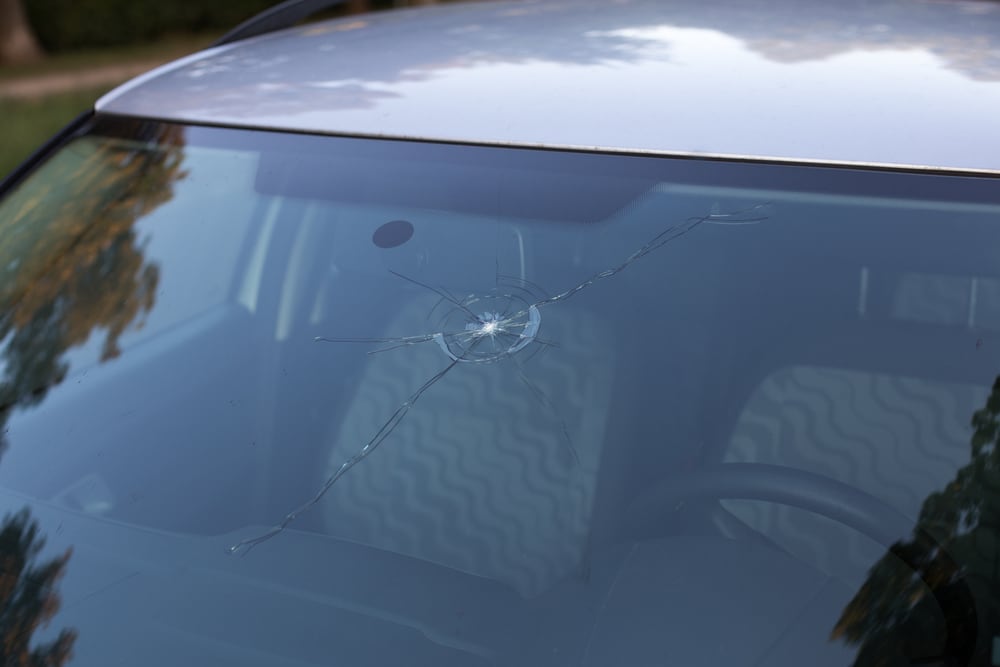

Your windshield is there to block wind, rain, sleet and snow while providing you with visibility. However, it’s made of glass, and glass is inherently fragile (even today’s tempered safety glass). A single rock is all it takes to chip or crack that windshield. Is it safe to drive with a cracked windshield?
A few things to consider include:
Size: One of the most important considerations is the size of the crack or chip. If the crack is large (long), then chances are good that your state actually has laws against driving in this situation. You’ll want to have the windshield replaced. If the crack is small, you can probably drive safely for a long time (although repair is recommended).
Position: Another consideration here is where the crack is located. If it’s on the passenger side and small, you should have no problem driving until you can have it repaired or replaced. However, if it interferes with the driver’s view out the windshield, it’s illegal to drive and you’ll need to repair or replace the windshield right away.
A growing crack: One of the most common problems with small cracks is that they tend to grow. As the temperature fluctuates, the glass expands and contracts. The crack is a weak point in the glass, and it can grow as the glass flexes. As it expands, it becomes more serious.
Repair or replace: In some instances, you can repair a chip or crack. If the crack is less than 6 - 12 inches long, it can probably be repaired. If the chip is smaller than an inch, it can probably be repaired. However, more significant damage will require that the entire windshield be replaced.
Tip: Even if the crack or chip is small, it’s important to have it inspected. It should be repaired if possible – never let it grow, as this can compromise your safety (damaged windshields can leak, and eventually the damage will be sufficient that it might break entirely).



